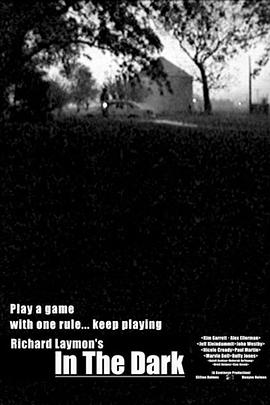"Whispers in the Shadows," a cinematic gem that made a fleeting appearance at the prestigious Chicago Underground Film Festival, has since been shrouded in the obscurity that often befalls low-budget productions. Despite its limited exposure and the sparse discourse it has generated, this film stands as a captivating example of the early 21st-century independent cinema scene. It is a testament to the SOV (Shot on Video) movement, capturing the dual nature of voyeurism's allure and dread through the lens of compact, portable cameras. The film's visual style fluctuates between the gritty noir and the rebellious punk, with touches of mondo and a semblance of found footage, yet it never fully descends into the realm of mockumentary.

Drawing inspiration from Richard Layton's novel, published half a decade before the film's creation, "Whispers in the Shadows" was captured using low-resolution cameras and live sound, which accounts for the subpar quality of the sole surviving copy. However, this so-called flaw adds a layer of raw authenticity to the film's dark and provocative storyline. The imperfect imagery serves to amplify the film's themes of disorientation, manipulation, psychosexual tension, and an insatiable appetite for the game... As the narrative unfolds, parallels emerge between the aimless wanderings of a character in the video game "Silent Hill" and the journey of the film's protagonist, Jane. A connection is forged between the essence of a digital avatar and that of a flesh-and-blood character. Jane is portrayed as a figure driven by an unseen, omnipotent force, foreign to her own reality. In her relentless quest for clue-laden cards and monetary rewards, the film sows the seeds of a real-life, perpetual, and sinister game. Each "mission" escalates in surrealism and peril, culminating in an irreversible descent symbolized by the film's infernal "House of Horrors" (complete with a Bosch-inspired poster depicting a segment of hell from "The Garden of Earthly Delights")...
Beyond the surface, Jane is pursued by a cast of men throughout the film, yet she is defined by her autonomy and her freedom to make choices. This is a poignant irony, given that the M.O.G. (Master of the Game) exerts indirect control over her, culminating in an invasion of her sanctuary and the inscription of clues across her body – in a color sequence, a deliberate and costly artistic choice that signifies a shift: the transition from game to madness. Jane, an unassuming librarian, navigates a nocturnal world of enigmatic clues and an absurd accumulation of wealth. From the incursion into the "House of Horrors," the film morphs into a volatile entity, continuously pushing the boundaries of cliché in a positive light, reaching a point where the game's original intent (to amass wealth) is overshadowed by its role as the engine that propels Jane's existence and drives the film forward... Advancing without pause and embracing new information without reaching a definitive end (akin to the avatar from Silent Hill). From the macabre to the psychological, through messages etched on paper and skin, "Whispers in the Shadows" makes a poignant use of emptiness (emotional, physical, in terms of location count, in the characters...) ultimately underscoring its fragility.



